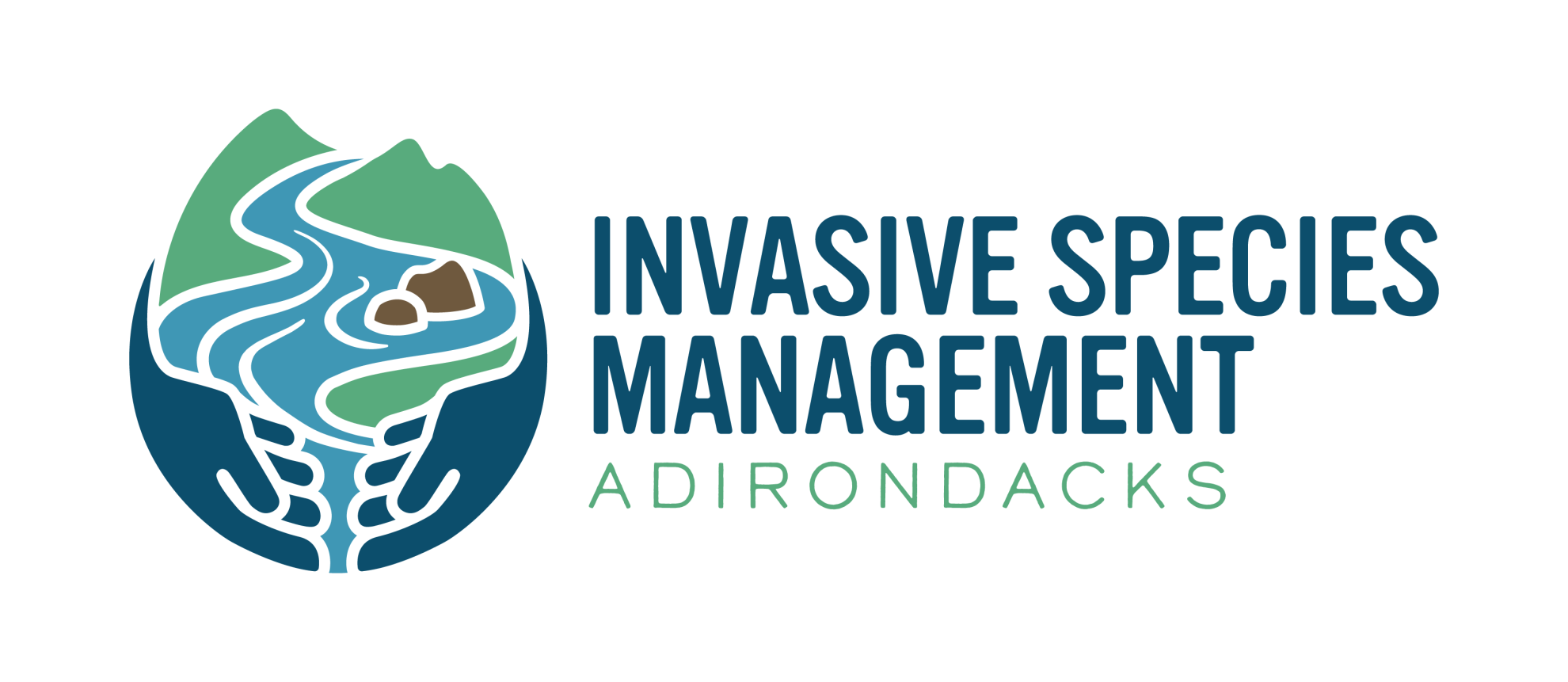Invasive Jumping Worms and Spotted Lanternfly on the Move; September Gypsy Moth and Invasive Plant Webinars

Invasive Jumping Worms and Spotted Lanternfly on the Move; September Gypsy Moth and Invasive Plant Webinars
Dear Colleague,
Invasive jumping worms are here in the Adirondacks, and we need your help identifying where they are. Read more below. Spotted lanternfly (SLF) has not been reported in the Adirondacks yet, but you can help be on the lookout for this invasive insect. Find out more information below. If you want to learn more about gypsy moths, check out the September webinars listed at the end of this email. And, on a fun note, maps from each lake surveyed for APIPP by Adirondack Research in 2020 are now posted on our website.
Identify and Report Jumping Worms
Jumping worms are entering their adult stage and can be easily detected. Please report findings in your area to iMapInvasives and help prevent the spread of this invasive species. Jumping worms earn their name from the unique, rapid, side-to-side thrashing motion they make when agitated. Jumping worms are voracious decomposers and devour organic matter and leaf litter very quickly. When done eating dead leaves, they move on to the top few inches of soil and eat roots or rhizomes growing there.
A tell-tale sign of jumping worm infestations is the presence of soil that has a lumpy, coffee-ground-like texture. Where jumping worms are present, homeowners may observe leaf mulch gone missing, garden plants dying quickly, or healthy plants having a hard time surviving due to shifts in soil structure and chemistry. Please read this tip sheet to learn how you can help prevent the spread of jumping worms.
Identify and Report Spotted Lanternfly
Spotted lanternfly (SLF), while a beautiful insect, is harmful to many agricultural plants and to trees such as sugar maple. A dead SLF was recently found in the Adirondacks on a car traveling from out-of-state. This pest is a good hitchhiker! Its egg masses play a critical role in the expansion of its range. SLF can lay its eggs almost anywhere, including cars, boats, campers, bicycles, and snowmobiles. Eggs can also hitchhike on firewood. Please do not move firewood! Great information about SLF can be found on the NYS Department of Agriculture and Markets website.
Lake Maps for North and North-Central Adirondacks Now on APIPP’s Website
APIPP contracts with Adirondack Research each summer to survey approximately 40 Adirondack lakes and ponds for invasive species. Full reports are available on our website. To make it easier for lake associations and interested shoreowners to find details about the lakes they care about, individual lake maps are also available on our website. We have just posted maps for the 41 lakes in the north and north-central Adirondacks that were surveyed in 2020. Check out this link to see if there are maps for your lake. Maps from 2021 surveys will be posted early next year.
September Webinars
Gypsy Moths: What to Plan For—Thursday, September 23, 1:00pm (Lake George and YouTube)
Join Warren County and the Warren County Soil and Water Conservation District on September 23 for a discussion about gypsy moths. The presentation will feature Rob Cole from the NYS Department of Environmental Conservation. The workshop will provide a general overview of the problems these caterpillars can cause and how property owners can safely address them this fall and next spring. The event will be held at the Warren County Municipal Center in Lake George at 1:00pm and livestreamed through the Warren County YouTube page. For more information contact: warrencountystrong@warrencountyny.gov.
Backyard Invasives: Identification, Control, and Management Tips to Prepare Your Property for Fall—Thursday, September 30, 10:00am (Zoom)
Many Adirondack homeowners have invasive plants growing in their backyards. Learn how you can identify these plants and control their spread. This APIPP workshop will provide attendees with the knowledge needed to carry out safe chemical and manual control of invasive species following the principles of integrated pest management (IPM). Learn some tips and tricks to reduce the impact of invasive species before winter's arrival in the Adirondacks and to help you get the most out of your lawn and garden come spring. If the timing of this webinar does not fit your schedule, recordings will be available via APIPP's YouTube channel following the event. Please RSVP to receive the link to the webinar and/or to be notified when the video is posted online.
I hope you have a wonderful Labor Day weekend.
Tammara
